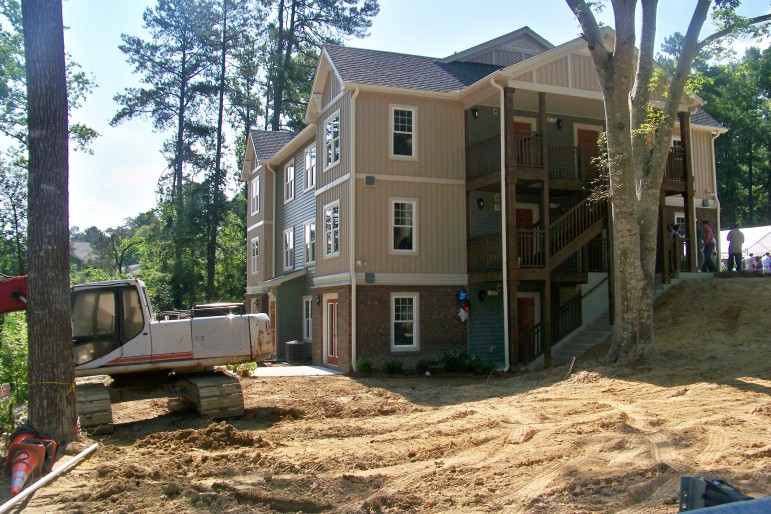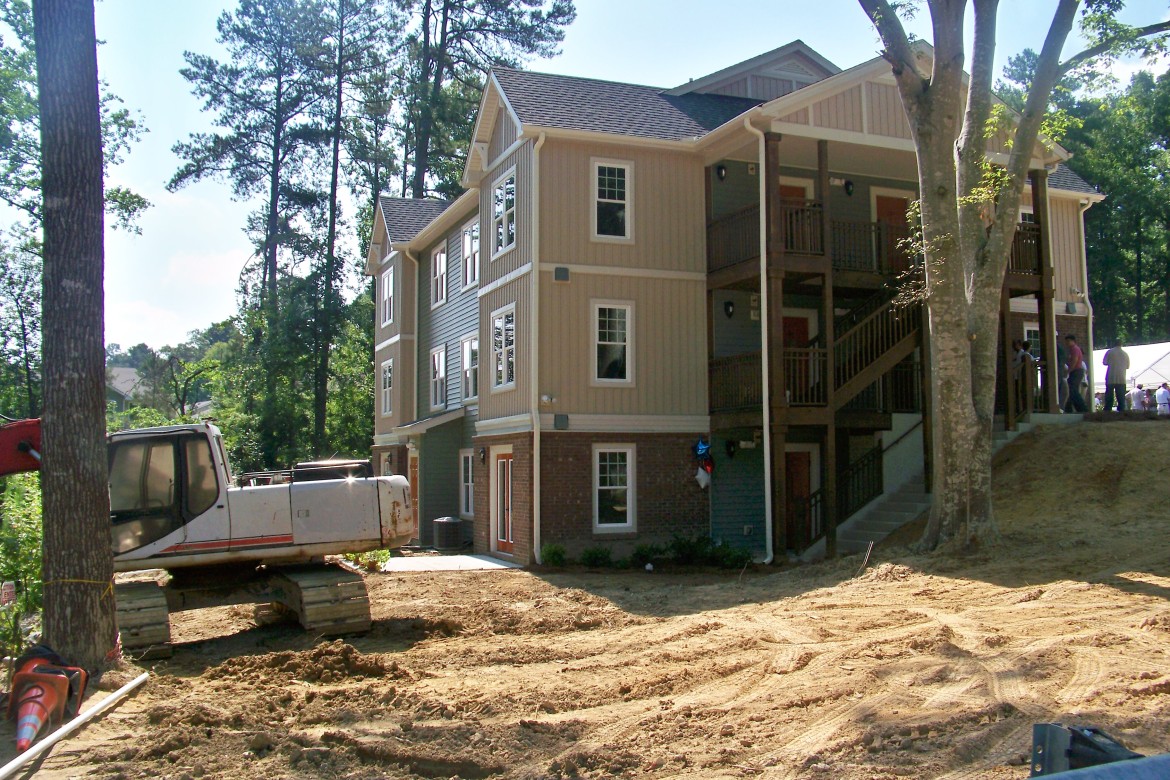Editor’s Note: This post has been updated from its original version to correct the number of landlords leaving the program.
Raleigh’s affordable housing landlords and their low-income tenants are feeling the effects of the federal spending cuts known as sequestration.
The Raleigh Housing Authority was forced to make up for $1.6 million in federal budget cuts, resulting in more challenges to provide housing to low-income families and paying landlords full Fair Market Rents.
Learn more: How is the Sequestration Affecting Federal Agencies?
Fair Market Rents (FMRs) are the numbers the U.S. Department of Housing and Urban Development (HUD) use to set limits on how much housing assistance they can pay low-income families.
It is the maximum amount of money housing authorities can pay landlords as part of HUD’s Housing Choice Voucher program, the program that provides housing assistance to low-income families.
What are Fair Market Rents
HUD recently published its 2014 FMR numbers, and they are slightly lower than last year.
Rent has gradually fluctuated during the past 10 years, according to the FMRs data. Changes in utility rates, the housing market and in the supply and demand for housing all contribute to these fluctuations.
According to HUD’s website, FMRs are set using four different types of data. The U.S. Census, telephone surveys and HUD’s American Housing Survey provide data on rent figures. The public comment process provides HUD with information from local housing authorities and others for specific FMR areas.
Raleigh Housing Authority Spokeswoman Allison Hapgood said the only way HUD will allow you to exceed FMR limits is if you can justify that local residents are unable to find housing at that particular rate.
Several programs use FMR. HUD uses them for its Housing Choice Voucher program, which offers rental assistance to low-income residents.
The City of Raleigh uses them for its housing assistance program, and the numbers are also used in the Low-Income Housing Tax Credit Program, which gives states tax credits that can be allocated toward funding affordable housing.

Holly West / North Carolina Health News
Construction of an affordable residence for veterans on Sunnybrook Road in Raleigh was completed earlier this year. The affordable housing project contains 10 units.
Fair Market Rents and Federal Cuts
The less funding housing authorities receive from the federal government, the less money they are able to pay landlords.
Hapgood said the federal government funds the Housing Choice Voucher program each calendar year. However, housing authorities don’t find out how much they will receive until May. The funds are retroactive to January.
Combined with sequestration, many local housing authorities, such as the Raleigh Housing Authority, have to find ways to make up the money so they can continue to keep low-income families in their homes.
“The sequestration caused a 6 percent across-the-board cut. This resulted in a loss of $1.6 million in the funds used to pay landlords on behalf of participants,” Hapgood said. “By the time we knew the level of the cut, we were half-way through our year, so we had just over six months to save the $1.6 million.”
Hapgood said they’ve had to cut back their rental subsidies to landlords to 90 percent of FMR to make up for the budget cuts and shortfalls.
“This is just one of the cost-cutting measures we have taken. RHA [Raleigh Housing Authority] chose to pay at the 90 percent FMR level so that we would not have to cut participants from the program,” Hapgood said. “We could have chosen to leave rents at the level they were and not to take any new participants off of the waiting list.”
Landlords are Leaving
Reduced funding has caused about 2 percent of landlords to leave the program. Hapgood said it has more to do with budget cuts than the FMR changes.
While FMR numbers impact the affordable housing industry and the willingness of landlords to participate in the Housing Choice Voucher program, budget cuts put housing authorities, landlords and low-income families across the country in a difficult position.
“Housing authorities are often stuck in the middle,” Hapgood said. “We’re trying to serve the tenants, the low-income families. We’re trying to let landlords make a decent income off the units they rent, and we’re trying to meet HUD requirements.”
Carley Ruff of the NC Housing Coalition agrees.
“We [NC Housing Coalition] believe that changes in landlord participation have less to do with changes in FMRs and more to do with cutbacks in the Housing Choice Voucher program due to federal sequestration,” Ruff said.
Hapgood said some landlords will return during the next couple of months, after having difficulty in the private rental market, and new landlords are being added to the program all the time.
“The reduced funding makes it hard on everyone — participants, landlords and RHA,” Hapgood said.
The Record tried reaching out to Raleigh landlords involved in the program, but no one responded to requests for interviews.
Hapgood said an end to sequestration and more cooperation in the federal government would help ease some of the constraints.
“Our funding levels are set by Congress and not HUD,” she said. “When Congress is indecisive, so is our funding.”
